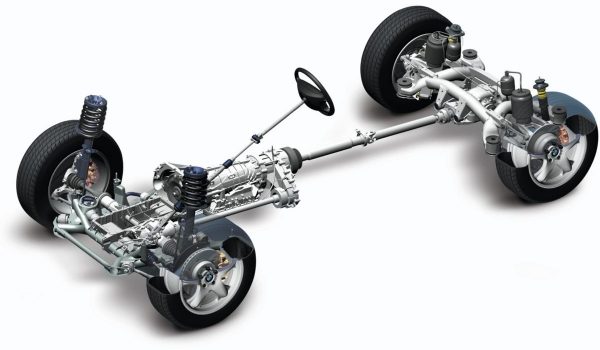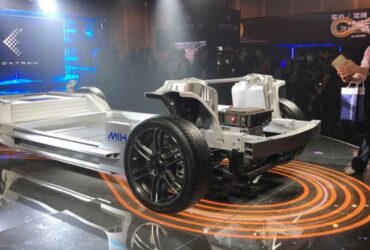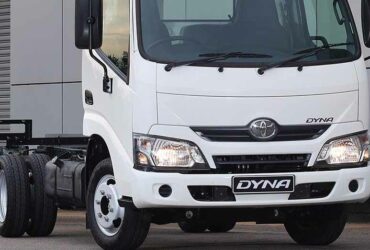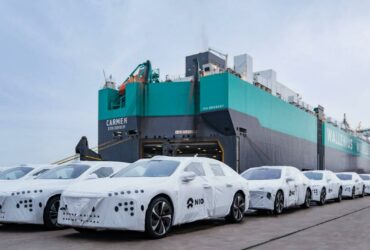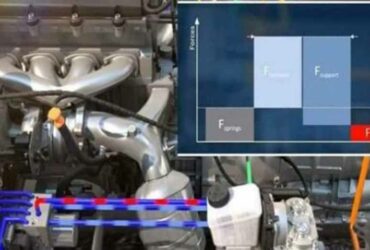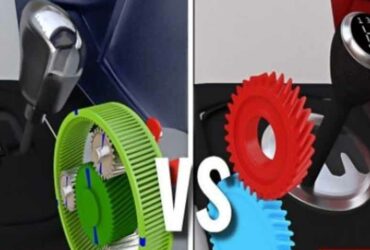4WD cars are cars that can be driven in two-wheel drive mode or four-wheel drive mode. AWD is a car that drives all the wheels at the same time. Here are the reasons why 4WD and AWD are different. AWD (All Wheel Drive) In the AWD system, the power from the transmission is distributed by a limited-slip differential system or some kind of electronic clutch system to keep all the wheels spinning at the same time.
Limited-slip differential system; Or the electronic club system can handle the difference in power between the front and rear axles of AWD cars, improving ground grip and making driving time easier. In the differential system of normal two-wheel drive cars, the power from the engine usually moves to the wheel with the least resistance.
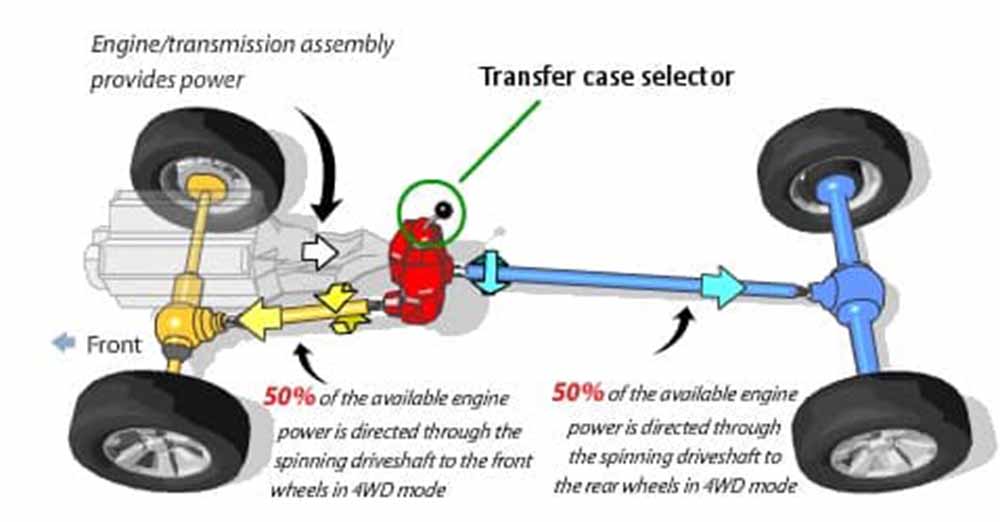
For example – if one rear wheel is stuck in the mud and the other is on solid ground, the wheel in the mud has less resistance, so when you press the lever it will go out – the car will not move forward. AWD snow, When driving on slippery surfaces such as muddy roads, the power from the engine is controlled by the differential system.
Electronic clutch systems allow the wheel to rotate freely. Good AWD systems even include systems that reduce power to the wheel with the least resistance (weak traction) and distribute power to the wheels that are actually struggling. So places with rough surface, Better handling on rough roads. When most companies make off-road vehicles, they are generally designed and built with AWD systems. These cars are usually among the most reliable cars for safety due to their better ground handling and high performance.

4WD cars include settings to drive all four wheels and open or close depending on the driver’s needs. Can be closed. Most of these systems are not intended for off-road driving. It is usually used in large SUVs that are designed to drive on normal roads. Most of these SUVs are front-wheel drive, which is why most people like them, so they are exported to various regions around the world.
But in sandy areas like South Africa, it’s not easy to get away with front-wheel drive cars – so the said SUVs are made to convert to 4WD system as well. In these SUVs, when the 4WD mode is turned on, the power from the engine is distributed precisely between the front and rear axles – thus making the vehicle suitable for off-road driving.

However, it can become a problem when going on tarmac with 4WD Mode – because in 4WD Mode, all four wheels are turning at the same speed, which can be a problem when cornering. As mentioned above, in normal road driving, the front wheels travel a greater distance than the rear wheels, and the inside wheels travel a shorter distance than the outside wheels – locking both axles to 4WD will result in understeer in corners.
Some AWD cars have a function to lock the differential system like 4WD cars. As a result, you can drive with normal AWD power when driving on smooth roads, and lock the differential when driving off-road. Among these cars, Land Rover is famous and has been able to lead the field for decades. Another technology is the Haldex 4WD system from Haldex Traction, which automatically distributes engine power to the two axles in situations where all-wheel drive is required – essentially an AWD system that works automatically. Haldex 4WD is used in most of the later cars, for example the Ford Kuga and VW Golf R.

